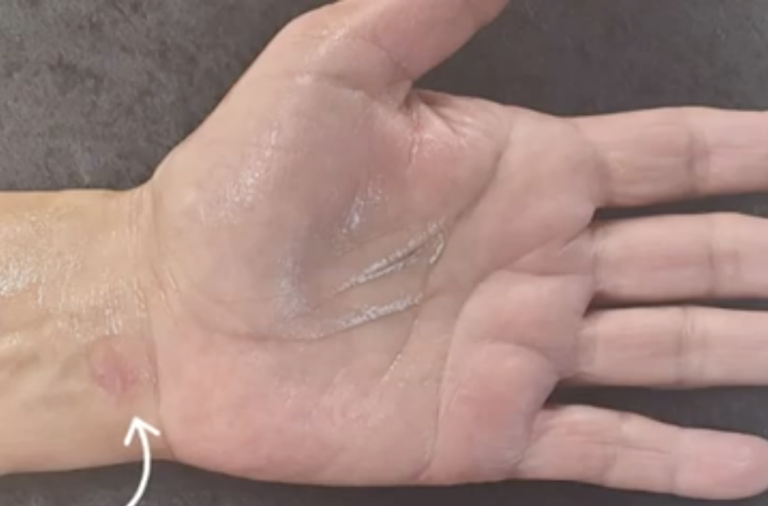This patient will need a revision open carpal tunnel release with hypothenar fat flap coverage. He had a previous open carpal tunnel release with another doctor but continued to have numbness and tingling.
Endoscopic Carpal Tunnel Release vs. Open Carpal Tunnel Release

Endoscopic carpal tunnel release (ECTR) and open carpal tunnel release (OCTR) are two surgical techniques used to treat carpal tunnel syndrome (CTS). ECTR is often considered superior to OCTR in terms of scar tissue formation and healing due to its minimally invasive nature.
Here’s why ECTR is generally better than OCTR in terms of scar tissue and its limitations for healing:
- Smaller Incisions: ECTR involves making smaller incisions compared to OCTR. In ECTR, one or two small incisions are made, typically less than an inch in length, to allow for the insertion of an endoscope and surgical instruments. In contrast, OCTR requires a longer incision, which can lead to more significant scarring.
- Limited Tissue Disruption: ECTR minimizes tissue disruption because it utilizes specialized instruments and an endoscope to access and release the transverse carpal ligament (the structure compressing the median nerve). This targeted approach reduces the trauma to surrounding tissues and minimizes the likelihood of extensive scar tissue formation.
- Faster Recovery: ECTR usually results in a quicker recovery compared to OCTR. The reduced tissue damage and smaller incisions translate to less post-operative pain and discomfort. Patients can typically return to their regular activities sooner, which also minimizes the time for scar tissue to develop.
- Reduced Risk of Adhesions: Scar tissue can sometimes lead to adhesions, where tissues stick together abnormally. ECTR’s minimally invasive approach reduces the likelihood of adhesions forming between structures in the carpal tunnel, which could impede healing and lead to persistent symptoms.
- Improved Aesthetic Outcome: ECTR often results in more cosmetically pleasing scars due to the smaller incisions. These scars tend to be less noticeable and may fade more quickly than the longer, more prominent scars associated with OCTR.
- Enhanced Long-Term Outcomes: The reduced disruption to tissues and lower risk of adhesions in ECTR can contribute to better long-term outcomes for patients. They may experience less pain, better nerve function, and a lower likelihood of recurrent symptoms.
It’s important to note that while ECTR offers advantages in terms of scar tissue and healing, the choice between ECTR and OCTR should be made on an individual basis. Factors such as the severity of CTS, patient preferences, and the surgeon’s expertise play a role in determining the most suitable approach. Patients should consult with their orthopedic surgeon to discuss their specific condition and treatment options.






